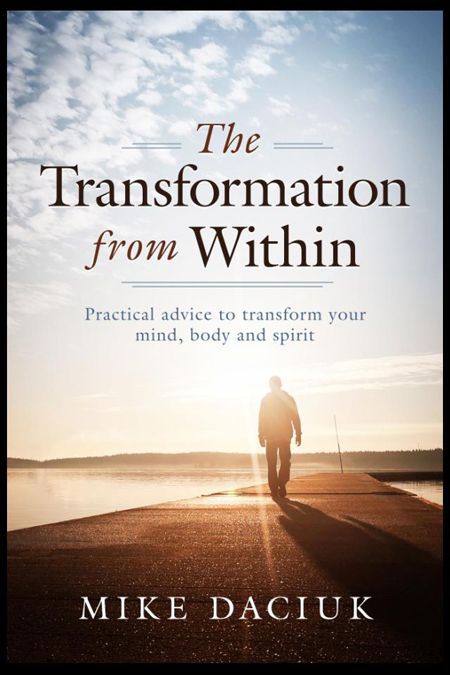What a great blog and show from Chris Kresser.
Botanical treatments for acute viral infections
You can think about this, again, in two different parts. One is the antiviral component and two is the immune support component. In terms of the antivirals, the best combination of the botanicals to use would be Chinese skull cap, isatis, licorice, houttuynia, lomatium, red root, yerba santa, elephant tree, osha, pleurisy root.
Now, that’s a lot of herbs, of course, and they all have different functions. That formula can be broken down into two parts. One part is the antiviral component, and that would be Chinese skull cap, isatis, licorice, houttuynia, and lomatium. And then the other part would be more for working as an expectorant and a decongestant, thinning the mucus, protecting the cilia of the lungs, and draining the lymph from the lungs. Those botanicals are red root, yerba santa, elephant tree, and pleurisy root. Those particular medicines also taste a lot better than isatis, lomatium, and Chinese skull cap and the antiviral herbs, which are pretty nasty. In fact, isatis is one of the most bitter medicines in the entire traditional Chinese pharmacopeia. It’s a pretty intense taste, but of course, if you’re dealing with pneumonia, you got to just suck it up and take this stuff. It doesn’t taste good but it’s remarkably effective.
In terms of dosage, for an acute episode of pneumonia, you would be taking one to two teaspoons of this every hour. What I did is I just mixed equal parts of these medicines together and then I added enough to last for a day along with water in a water bottle, brought that to my dad and just had him drink a little bit of it every hour. He complained, but it had, like I said, a pretty substantial effect on his infection and his cough symptoms and was really helpful in kicking that out, so he did it.
The other part of it is the immune support. The botanicals that are really helpful for immune support include astragalus, cordyceps, eleuthero, which is Siberian ginseng, and rhodiola. All of those are great immune support herbs, and they can also be mixed in equal parts, and you could take that if it was a really acute episode—maybe a teaspoon four to five times a day. In addition to those herbs, I also gave him elderberry syrup two teaspoons three times a day, which is a high dose. I gave him 50 mg of zinc once a day and 200 mcg of selenium once a day.
Protocol for less severe viral infections
If you’re addressing a viral infection that is less severe, you can really ratchet those doses back quite a bit, something like 30 to 60 drops every hour or two until the condition improves would be suitable. When you put all of the antivirals and the expectorant and decongestant herbs that we’ve talked about and the immune support herbs together, you’re going to see an inhibition of viral penetration of host cells; an inhibition of replication of the viral host cells; reduction in cytokine levels, which inhibits tissue damage; thinning of the mucus; and promotion of fluid drainage from the lungs; normalization of immune response; and a repair of damaged tissues, particularly in the lungs. These medicines are remarkably effective for all of these purposes. In addition to the botanicals that we just mentioned and also the nutrients like zinc and selenium, if this is possible (it wasn’t really as easy to do given the hospital setting), making a very, very strong ginger juice tea can be a really helpful adjunct to this whole healing process.
All of these botanical combinations, by the way, as well as this ginger juice tea recipe I am about to give you, come from Stephen Buhner, who I’ve talked about before who, I think, is one of the best herbalists that I’m aware of in the world, and I’ve definitely learned a tremendous amount from his books and other resources. He has a book called Herbal Antivirals, which is fantastic. I highly recommend it. He has another book called Herbal Antibiotics, and then he has books on herbal treatment of Lyme disease and Lyme coinfections like Bartonella and Babesia. If you’re interested in botanical medicine or alternatives to antibiotics, I would highly recommend these books, especially if you’re a practitioner.
Immune-boosting ginger juice recipe
The ginger juice tea is a combination of:
- ginger
- honey
- lime or lemon
- honey
- cayenne pepper
- hot water
It is really intense. This is not the kind of tea that you buy in the store that has a mild ginger flavor.
- This is juicing one to two pounds of fresh ginger. There are a couple of different ways to do this. If you have a juicer, that’s certainly the easiest way to do it because you’re talking about one or two pounds. If you don’t have a juicer and you’re up for up for making smaller batches, you can just get a grater and you can peel the ginger and then grate it on the finest setting into kind of like a pulp. Then you either pour three to four ounces of the juice (if you have a juicer), or you squeeze the pulp so that you generate three to four ounces of juice into a mug.
- You add one quarter of lime and squeeze that.
- A large tablespoon of honey, which has antiviral and antimicrobial properties, and is also an expectorant and decongestant and really soothing for cough and the lungs.
- One-eighth teaspoon of cayenne pepper and six ounces of hot water.
- You stir that really well and then you just sip that throughout the day.
I’m telling you, it’s really intense. It’s really hard to get down for many people, but it can have a profound effect on stopping viruses. In fact, I use this with many of my patients and we use it at home, and I just don’t really get sick anymore. If I start to feel sick and I start drinking this tea and take some of these herbs, it’s typically gone within 24 hours, or I make just a very, very mild version of it where I feel a little bit tired but I don’t develop the full symptom picture that I used to get with colds and flus. It’s a really powerful and potent mixture.
Source: https://chriskresser.com/rhr-treating-viral-pneumonia-and-other-infections/



